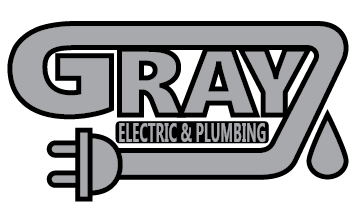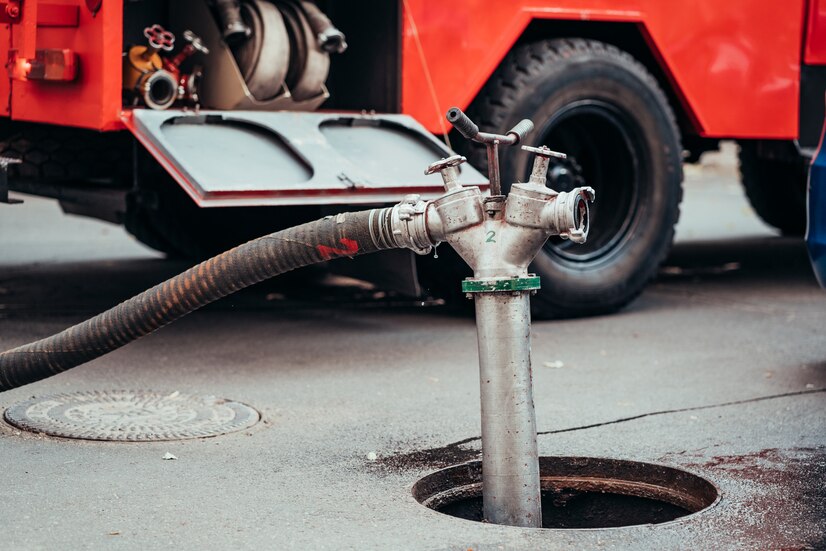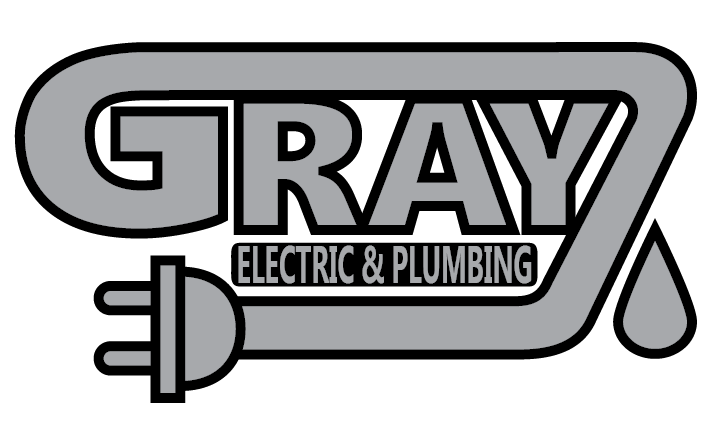We often overlook drains, which can cause a big mess when they stop working. Whether it’s a slow sink, a clogged shower drain, or a leaky pipe, drain problems are inconvenient and can even cause water damage to your home. The good news is that most drain issues are fixable! This guide will walk you through simple and effective drain repair solutions for homeowners. Let’s get started!
What Is Drain Repair?
Drain repair is all about fixing problems with the pipes that carry water away from your home. These pipes drain water from your sinks, showers, and toilets. When they get clogged or damaged, water can back up, causing messes and even damage your floors and walls. Understanding how to repair your drains can save you time and money and help keep your home clean.
Why Drains Matter
Drains are crucial to your home’s daily functioning. Without them, water wouldn’t flow properly, and your kitchen, bathroom, and laundry would quickly become unusable. A clogged or damaged drain can lead to overflowing sinks, foul odors, and flooding. Fixing drain issues promptly helps maintain a safe, clean, and comfortable home.
Common Drain Problems
Drains can get clogged for several reasons. Here are some of the most common problems:
- Food and Grease: In the kitchen, grease and food scraps can build up in pipes, causing blockages.
- Hair and Soap: In the bathroom, hair, soap, and toothpaste can stick to the sides of the pipes, creating stubborn clogs.
- Foreign Objects: Flushing things like baby wipes, paper towels, or cotton balls can block drains, especially in toilets.
If you notice that your sink is draining slowly or there’s a bad smell coming from your pipes, there’s likely a blockage. Taking care of these issues early will prevent them from becoming more significant problems.
Simple Tools for Drain Repai
You don’t need fancy equipment to fix most drain problems. Here’s a list of essential tools you might need:
- Plunger: Great for loosening up minor clogs in sinks and toilets.
- Drain Snake: This long tool can break up and pull out tough clogs deep in the pipes.
- Bucket and Gloves: A bucket can catch any water that spills out, and gloves keep your hands clean.
These tools are easy to find at most stores and useful for essential repairs.
How to Fix a Clogged Drain
Fixing a clogged drain doesn’t have to be complicated. Here’s a simple step-by-step guide:
- Use a Plunger: Cover the drain with the plunger, push down, and pull up quickly. Repeat a few times to see if the clog clears.
- Boil Water: Boil a pot of water and pour it slowly down the drain. The hot water can help break up grease or soap, causing the clog.
- Remove the Drain Cover: Use a tool or your hands (with gloves!) to remove any visible hair or debris from the drain for bathroom sinks or showers.
- Try the Drain Snake: Insert the drain snake into the pipe and twist it. The snake will help break more challenging clogs and pull out any trapped material.
- Flush with Water: After using the drain snake, run hot water to wash away any remaining debris.
Following these simple steps, you can fix many common clogs without a professional.
Drain Repair Costs
If you need professional help, you might be wondering about the cost. The price for drain repair can vary depending on the severity of the problem:
- Minor maintenance (like unclogging a sink) can cost anywhere from $100 to $800.
- Significant repairs (like fixing a broken pipe or replacing part of the drainage system) can range from $800 to $8,000.
If you’re unsure what’s causing the issue, get a quote from a plumber before the work begins so you won’t be surprised by the cost.
The Importance of Regular Drain Maintenance
Maintaining your drains regularly is essential to prevent future drain problems. Here’s what you can do:
- Clean your drains once a week: Pouring hot water down the drain can help clear any buildup from grease, soap, or hair.
- Use strainers: In your kitchen and bathroom, place strainers over the drains to catch food, hair, and soap before they go down the pipe.
- Be mindful of what you flush: Avoid flushing anything other than toilet paper. Wipes, paper towels, and other items can cause blockages.
- Check your drains monthly: A simple inspection can help spot early signs of trouble before they become significant.
Regular maintenance can help keep your pipes running smoothly and save you from expensive repairs later on.
Eco-Friendly Drain Cleaning Options
You don’t always need harsh chemicals to clean your drains. Many of these chemicals can damage your pipes or harm the environment. Here are some eco-friendly alternatives:
- Use a plunger: This simple tool uses air pressure to clear clogs without chemicals.
- Try baking soda and vinegar: Pour a cup of baking soda into the drain, followed by a cup of vinegar. Let it bubble for a few minutes, then flush with hot water.
- Manual cleaning: If there’s hair or debris in the drain, you can remove it by hand (with gloves) instead of using chemical cleaners.
These natural solutions are safe for your pipes and the environment and work just as well as store-bought cleaners.
How to Avoid Future Drain Problems
The best way to deal with drain issues is to prevent them from happening in the first place. Here are some tips to avoid clogs and other drain problems:
- Watch what goes down the drain: Don’t pour grease or large food scraps down the kitchen sink, and avoid flushing anything other than toilet paper.
- Clean your drains regularly: Use a plunger or hot water to keep your drains free from buildup.
- Install drain strainers: These simple devices catch hair and food particles before they clog the pipes.
- Be careful with bathroom products: Only flush toilet paper and waste. Do not flush wipes, cotton balls, or other personal care products
Following these steps will reduce the chances of future clogs and keep your drains in great shape.
When to Replace Your Drain Pipes
In some cases, your pipes may be beyond repair. It might be time to replace them if they are old, cracked, or corroded. Here are some signs that replacement might be necessary:
- Your pipes are leaking or causing water damage.
- The pipes are old and corroded, leading to frequent clogs.
- You experience frequent backups or slow drainage despite regular maintenance.
If you’re unsure, consult a professional plumber to assess the condition of your pipes and determine if they need to be replaced.
When to Call a Professional
Sometimes, a clog is too stubborn or deep to fix. Here are some signs that you may need a plumber:
- The water in your sink or shower is backing up.
- You hear strange noises or gurgling from the pipes.
- There’s a persistent bad smell coming from the drain.
- You’ve tried everything, and the clog won’t go away.
If you notice any of these issues, it’s time to call a professional plumber. They have the right tools and experience to handle more significant problems without causing further damage to your pipes.
Frequently Asked Questions About Drain Repair
How do I know if my drain is clogged?
You’ll notice slow drainage, standing water in sinks or tubs, and unpleasant odors. You may also hear gurgling sounds from the pipes, which means air is trapped due to a blockage.
Can I fix a clogged drain myself?
Yes! You can use a plunger, drain snake, or pour boiling water to clear minor clogs. These simple tools often do the job without the need for professional help.
When should I call a plumber for drain repair?
If the clog is persistent, causing water backups, or if you notice unusual smells and sounds, it’s time to call a plumber. They can handle deeper or more complex issues that require professional tools.
Are chemical drain cleaners safe to use?
Chemical cleaners can damage pipes and are harmful to the environment. Natural alternatives like baking soda and vinegar or mechanical tools like plungers and drain snakes are safer.
How can I prevent drain problems?
Avoid flushing anything other than toilet paper and food scraps. Use drain strainers to catch debris, and clean your drains regularly with hot water or a baking soda-vinegar solution to prevent blockages.
Conclusion
Keeping your drains in good working order is essential for maintaining a safe and comfortable home. Most drain problems can be solved with simple DIY methods, like using a plunger or a drain snake. Regular maintenance, such as cleaning your drains and being mindful of what goes down them, can also help prevent problems before they start. If you ever face a tough clog or a severe leak, don’t hesitate to call a professional plumber for help.
Taking care of your drains doesn’t have to be complicated. You can keep your pipes clear and your home safe with the right tools and knowledge.


